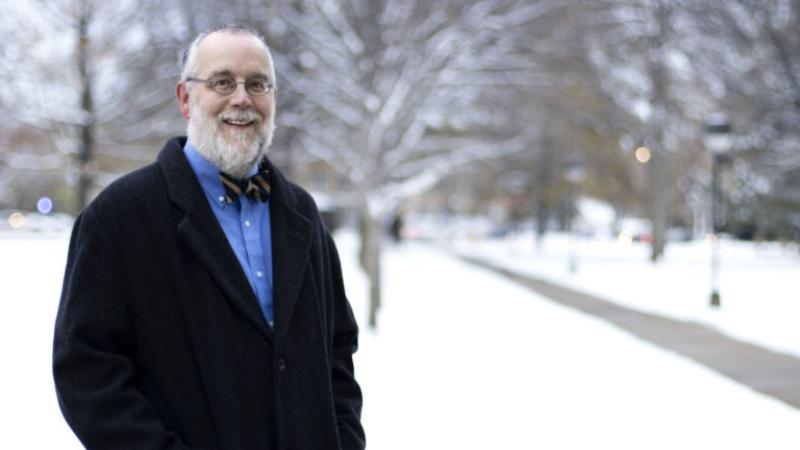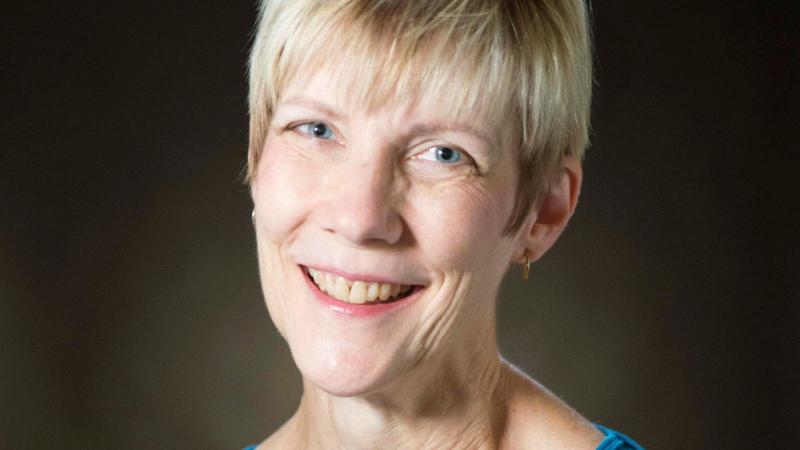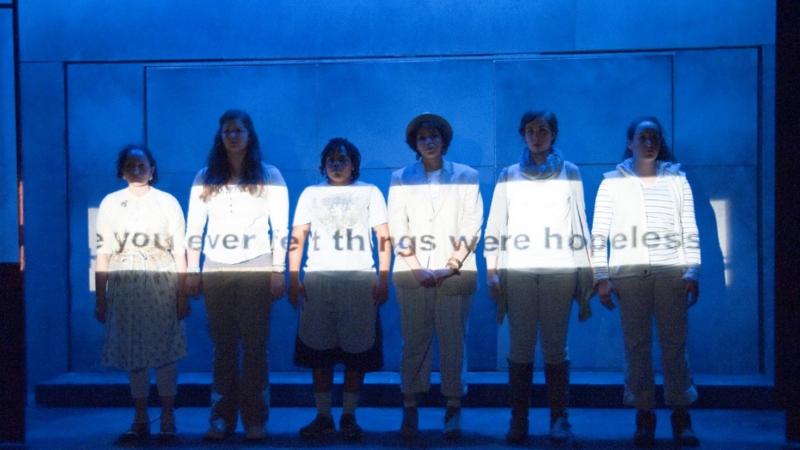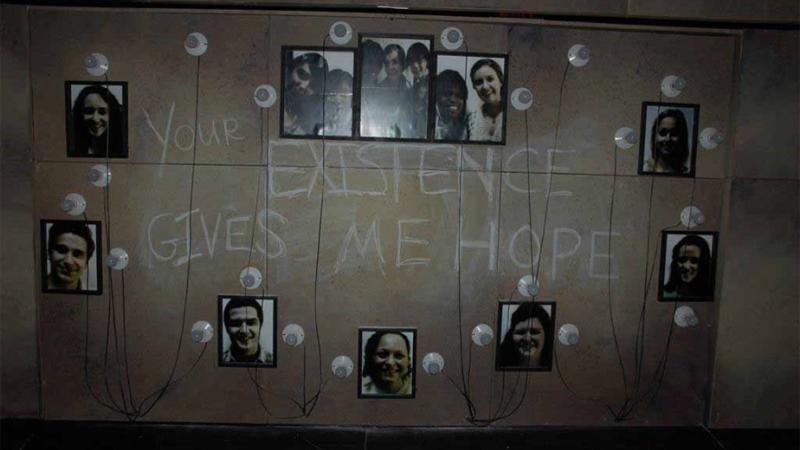Leading innovative data presentation
Our Fact Book's student-centric framework is considered an innovative concept in higher education. By invitation, Kristin McKinley and Sarah Dunnagan co-authored the article, “The Role of Institutional Research in Advancing Diversity, Equity, and Inclusion Efforts” (doi.org/10.1002/ir.20353), which detailed our 2022 Fact Book as an example. This scholarly contribution will now help shape policies and practices for future leaders as required reading on the syllabus for doctoral-level course, “Institutional Assessment in the Community College Environment,” offered through the University of Maryland Global Campus.
While transitioning from a more traditional to a student-centric framework, we also aspired to make the Fact Book a more useful and engaging internal document for both us and our collaborators. For example, Appendix B includes tables of commonly referenced headcounts and comparable values, often used for a variety of purposes (e.g., external compliance reporting, internal financial planning, and strategic initiatives).
Creating more inclusive courses
HEDS COVID-19 Institutional Response Surveys informed instructional guidelines, community-building in a signature academic program, and strategies for making courses more inclusive. The survey was administered to students in spring 2020. Reinforced through other data sources, the results led to a more holistic view of student experiences in the pandemic. Co-presenting with colleagues in the field, Kristin McKinley highlighted Lawrence's success in engaging campus partners with data at a national conference in a session titled, “We are all in this together: Successful collaborations with Institutional Research."

Quote from Peter Blitstein
"We relied on the spring HEDS COVID-19 surveys of students and faculty for understanding what worked well (and not so well) in the spring 2020 term, which is the source of much of our advice about teaching remotely included in Instructional Guidelines for Success 2020-21."

Quote from Tim Spurgin
"As I was planning for fall 2020, I talked with lots and lots of people. But none of those conversations was as impactful as my initial discussion with [Kristin McKinley, Director of Institutional Research, and Julie Haurykiewicz, Associate Dean of Academic Success]. Our conversation confirmed my sense that [First-Year Studies] instructors needed to think about one thing above all: the challenges of building community online. A session on that topic was included on the agenda for our annual instructors’ symposium. That session began with a couple of slides from your presentation summarizing data from the [HEDS COVID-19 and New Student Survey]. It was great to see people drawing from your research and using it as the basis for fresh thinking about our signature academic program."
Our office met with Jedidiah Rex, Instructional Designer and Technologist, to discuss survey findings from the HEDS COVID-19 and HHMI Midterm Student Reflection Surveys related the student experience with Lawrence's Learning Management System during the pandemic. Students reported mixed experiences. Jedidiah used this conversation as an impetus for change. He wrote an "Extreme Makeover: Moodle Edition" blog to showcase strategies for making courses more inclusive.
Destigmatizing mental health and suicide
Summary data initially shared as part of a QPR (Question, Persuade, Refer) suicide prevention training was transformed into a dynamic, engaging, and collaborative experience to destigmatize mental health and suicide. Dr. Kathy Privatt (also a QPR Instructor) and a cast of Lawrence students devised a theatrical performance, Show Your Face(s): A Masque, which built “episodes” of scenes, sounds, and movement using National College Health Assessment (NCHA) questions. Dr. Kathy Privatt shared in her program notes that she had been so affected by what she learned through her involvement in QPR that she wanted to create the show as a response that might elicit hope and normalize the range of human emotions.
This theatrical performance engaged the audience on an emotional and cognitive level, using both verbal and non-verbal communication to explore the complexity of human emotions and the outcomes of sharing and hiding as a culminating experience, and fostered conversations. Several students expressed to Lawrence’s Substance Abuse and Mental Health Services Administration (SAMHSA) Garrett Lee Smith (GLS) Campus Suicide Prevention Grant core team members and to Dr. Kathy Privatt that their participation was a profound and uplifting experience in their lives. In June 2017, Kristin McKinley and Dr. Kathy Privatt presented, "Staging Data: Transforming Data into a Theatrical Performance," at a national conference to spotlight this innovative May 2012 theatrical performance that demonstrates suicide prevention can be incorporated into the curriculum and tap the creativity of the campus and community.

Quote from Kathy Privatt
“I value our office of institutional research (IR) as both a collaborative partner and as a ‘clarifier.’ As a theatre director, I devised a production called Show Your Face(s) in support of a campus-wide initiative to change the conversation around mental health. IR provided the NCHA data from our own students’ responses which informed the structure and content of the production, and then also guided me toward appropriate ways to ask for submissions of personal experiences that protected the authors and gave us creative ‘food’ for the production. The most consistent response to that production was students expressing a sense of connection . . . I think because we’d started with data from them."


